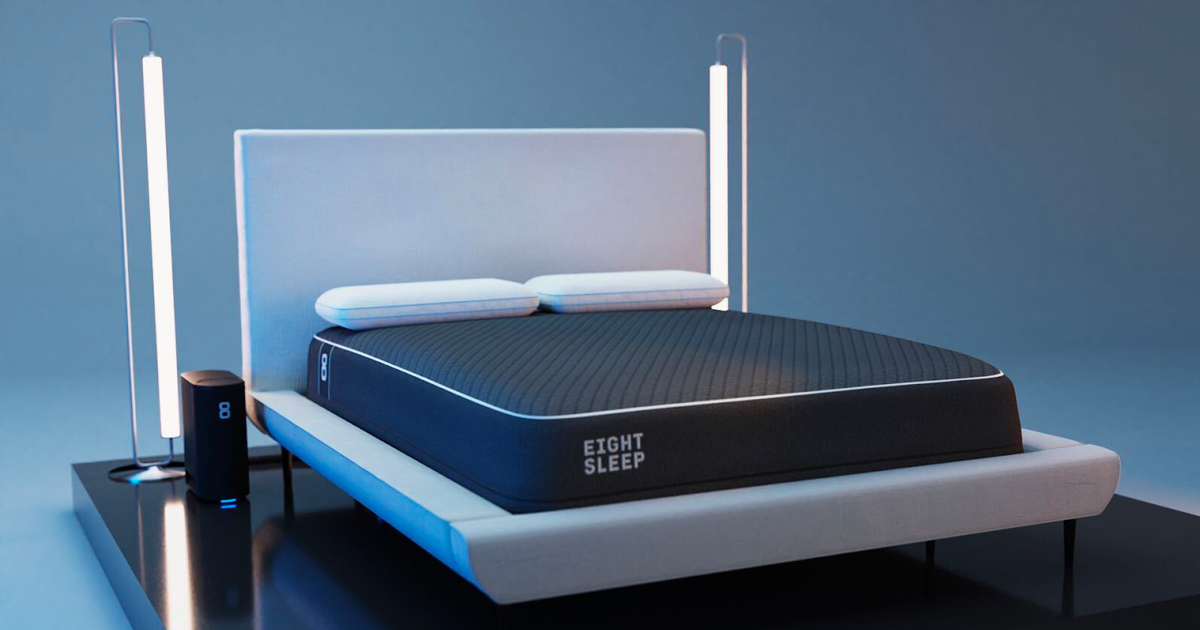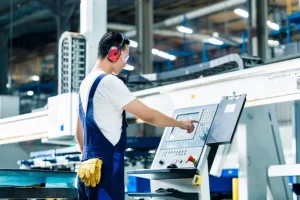Breaking Down Bicycle Helmet Technology: What Makes a Helmet Safe?
With the ever-increasing popularity of cycling, understanding the technology behind bicycle helmet has never been more crucial. A helmet is one of the most vital safety components a cyclist can invest in, designed not only to prevent serious injury but also to enhance a rider’s confidence on the road. In this article, we’ll explore the essential elements that contribute to helmet safety and dive into the latest innovations that make modern helmets a lifesaving investment.
Why Helmet Safety Matters
A well-designed helmet can mean the difference between minor injuries and more severe outcomes in the case of a collision or fall. Cycling helmets are engineered specifically to absorb and dissipate impact forces, reducing the likelihood of head trauma. Safety standards for helmets are constantly evolving as manufacturers and researchers uncover new ways to protect cyclists from the risks associated with head injuries. When buying a helmet, understanding what makes it safe and effective is key to making an informed choice.
Key Components of Helmet Safety
- Outer Shell The outer shell is the helmet’s first line of defense. Typically made of polycarbonate plastic, the shell is designed to be hard and durable, protecting the inner layers from penetration by sharp objects. This shell also helps distribute impact forces across a broader area, reducing the pressure at the point of impact. A good quality shell will be smooth to encourage sliding on impact, minimizing rotational forces on the head and neck.
- Impact-Absorbing Liner Beneath the shell lies an impact-absorbing liner, usually made of expanded polystyrene (EPS) foam. This foam is engineered to compress during an impact, which helps absorb and dissipate the force. Advanced models may incorporate multi-density foam, which offers varying levels of absorption for different impact intensities. Some helmets now use expanded polypropylene (EPP) or even energy-dispersing gel inserts for enhanced durability and better multi-impact protection.
- Retention System (Straps) A helmet’s retention system keeps the helmet snugly on the rider’s head, ensuring that it doesn’t come off during an accident. Helmets use adjustable straps with strong buckles that help secure the fit, preventing movement. A quality retention system should be easy to adjust and comfortable, as an ill-fitting helmet won’t provide optimal protection.
- Ventilation and Comfort Layers While ventilation may not directly affect safety, it plays a significant role in comfort. Helmets with strategically placed vents keep the head cool, encouraging cyclists to wear them consistently. Some high-end helmets include padding that wicks away moisture, keeping riders dry and focused on the ride. Comfort ensures that cyclists won’t remove their helmets prematurely, which could expose them to greater risks.
- MIPS (Multi-directional Impact Protection System) Technology MIPS has become an industry standard in many helmets, adding an extra layer of rotational impact protection. MIPS technology allows the helmet’s inner liner to shift slightly upon angled impacts, mimicking the brain’s natural defense mechanism. This slight movement helps reduce rotational forces transferred to the brain, significantly lowering the risk of brain injuries during crashes involving side impacts.
- Weight Considerations Lightweight helmets are less likely to strain the neck and are more comfortable for long rides. Innovations in material science, like carbon fiber reinforcements, have made it possible to create lighter helmets without sacrificing safety. Lightweight helmets increase ease of wear, making it more likely for cyclists to wear them consistently.
Advanced Helmet Safety Technologies
As cycling gains popularity, manufacturers are constantly innovating to meet higher safety standards. Here are some of the advanced safety technologies making waves in bicycle helmet design:
- WaveCel and Koroyd Technology WaveCel and Koroyd are two materials that offer advanced impact protection beyond EPS foam. WaveCel uses a cellular structure that compresses and shears upon impact, effectively dispersing energy. Koroyd, on the other hand, features a unique honeycomb design that crushes in a controlled manner to absorb force. Helmets incorporating these materials often receive high safety ratings, providing enhanced protection for serious cyclists.
- Helmet Sensors and Smart Helmets Some high-end helmets now feature embedded sensors that can detect impacts and alert emergency contacts in the event of a crash. These “smart” helmets can also include GPS tracking, allowing family or friends to monitor a cyclist’s location. Companies like Specialized and Lumos offer smart helmets with lights and turn signals, enhancing visibility and alerting nearby vehicles of the cyclist’s movements.
- SPIN (Shearing Pad Inside) Technology SPIN technology, developed by POC, is another approach to rotational impact protection, similar to MIPS. Instead of a sliding liner, SPIN-equipped helmets feature pads made from medical-grade silicone that move to absorb rotational forces. This technology provides a snug fit and reduces rotational impact, protecting the head from serious injury.
Helmet Safety Standards
Bicycle helmet undergo rigorous testing before they hit the market, ensuring they meet established safety standards. Different regions have varying requirements, but most bicycle helmet will adhere to at least one of these standards:
- CPSC (Consumer Product Safety Commission): Required for all helmets sold in the U.S., ensuring basic impact and penetration resistance.
- EN 1078: A European standard similar to the CPSC, but with some variances in testing methods.
- ASTM F1952: A more rigorous standard for downhill and mountain bike helmets, providing higher impact protection for extreme sports.
Always look for certifications on a helmet before purchasing, as this ensures that the product meets the required standards for safety in your region.
Tips for Choosing the Right Helmet
- Fit Matters: A poorly fitting helmet won’t provide the right protection. Try on multiple sizes, and ensure a snug, comfortable fit. The helmet should sit level on your head, covering your forehead without tilting back.
- Prioritize Safety Features: Look for helmets with MIPS, SPIN, or other advanced impact technologies. While they may be pricier, they offer added protection that could make a crucial difference in a serious accident.
- Consider Your Riding Style: Road helmets are lightweight and aerodynamic, while mountain bike helmets often have more coverage at the back of the head and additional visors for sun protection.
- Replace After Impact: Helmets are designed for one-time use during significant impacts. Even if there’s no visible damage, the foam inside may be compromised, so it’s best to replace it after a crash.
- Check Expiry Dates: Helmets don’t last forever. Over time, the materials can degrade, reducing effectiveness. Most manufacturers recommend replacing your helmet every 5 years or sooner if exposed to extreme conditions.
Conclusion
Choosing a bicycle helmet is an investment in safety, comfort, and peace of mind. With innovations in helmet technology, cyclists today have access to a range of protective options, from traditional EPS foam models to advanced designs with rotational impact protection. By understanding what makes a helmet safe and selecting one suited to your specific needs, you’re better prepared to enjoy cycling with optimal safety. Whether you’re commuting, training, or simply riding for fun, a high-quality helmet tailored to your needs can provide the ultimate confidence on your rides.














Post Comment